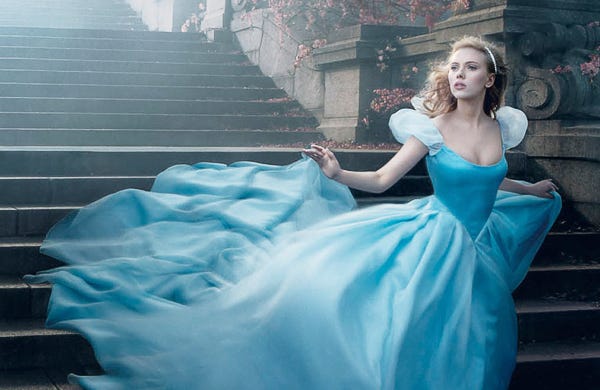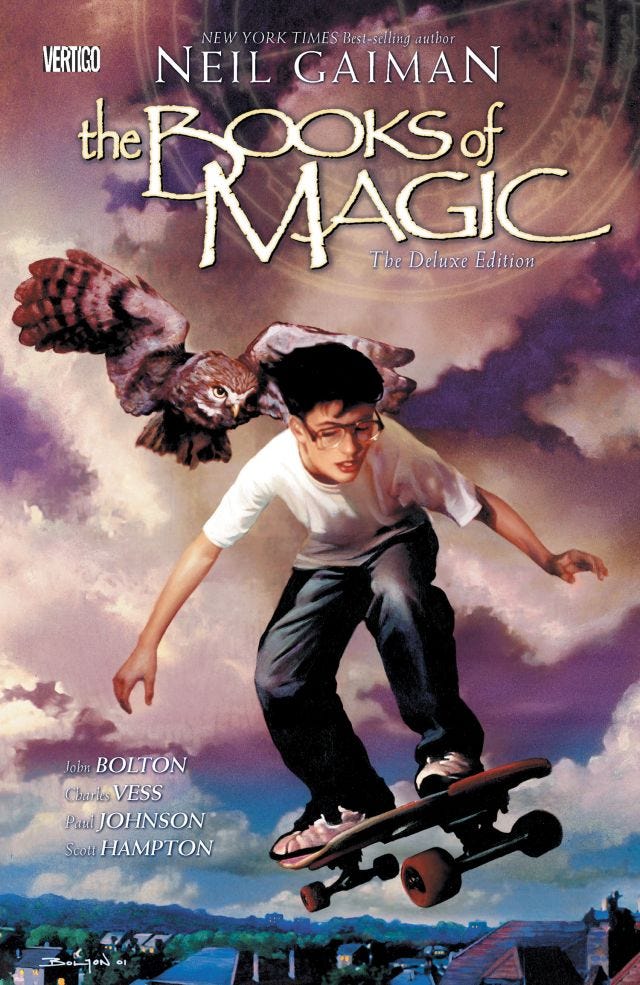So What, Who Cares (vol 2, issue 36) Why the Disney Princess is now old enough to run for U.S. president
Hello! We're rolling toward the week's finish line so let's not slow the momentum by having a lengthy introduction tonight.
*

One of the Walt Disney Company's greatest brand assets is the immersive quality of a Disney experience, and Disney's using that to build tremendous loyalty among adult women. In 2007, the company rolled out a bridal line and it's still going strong eight years later. (You can see some of the annual bridal collections -- every gown named after a Disney princess and available in sizes 0-26W -- here.) There is a merchandising collection tied into the pending release of the live-action Cinderella movie, where women can buy a $600 crystal necklace, a $75 pair of “Cinderella and Prince Charming” champagne flutes or a $4,595 pair of Jimmy Choo "glass slippers." Customers can presumably afford the shoes because the target customer for these tie-in baubles is aged 35-55, fueled by nostalgia for her princess make-believe days, and funded by a grown-up paycheck.
Women are an important audience for Disney for a few reasons: Not only are they the majority of movie-goers, they're also the ones likely to throw a pair of Elsa pajamas in the shopping bag while picking up some Cinderella "glass slipper" sneakers ($350) for themselves. Some allege that making a mom a princess makes her less likely to rage against the princess-industrial complex. As Rebecca Hains, an associate professor at Salem State University and author of "The Princess Problem," notes:
“The more closely intertwined women’s adult identities become with Disney princesses,” Hains said, “the harder it’s going to be when they’re parents to have a critical distance, to maybe think they shouldn’t just deck their daughter’s whole room with princess stuff, but other stuff, too.”
On the other hand, look at RunDisney: Its seven runs attract 200,000 people annually, 91% of whom are female, and the company is very open about catering to first-time runners and women who begin racing later in life. Sure, Disney's probably not doing this out of the goodness of their hearts -- women are the fastest-growing group of distance runners and are busy swelling the ranks of endurance races of all kinds, so hello, new market! -- but they are fostering an experience that goes beyond princess-y passivity and allows women to balance fitness accomplishments and family vacations. Who says we can't have it all?

So what? Disney proves, repeatedly, that the experience of a phenomenon (from riding Space Mountain to walking down the aisle in an Ariel gown to running your first marathon through Epcot) is something people are willing to pay big for.
Disney read all the research on how people are happier spending money on experiences than on things, and they figured out how to sell experiences -- and then sell things as tokens of that experience.
It's two streams of revenue, and the beauty of it is, that's spending that can happen at any income level. Even if you can't afford to take your child to meet Elsa at the Magic Kingdom, you can still buy her (or him -- I know some boy princesses) an Elsa costume for less than $30.
Who cares? The message that experiences are special and highly personal is one that millennials and luxury consumers have embraced. (See also: vol 1, issue 29; vol 1, issue 34; vol 2, issue 11; vol 2, issue 23) Consequently, anyone who wants to make money off people who are intent on collecting memories instead of things is going to have to figure out how to define, provide and sell their version of a premium experience to people who are increasingly picky about their discretionary spending.
This has ripple effects across all sorts of industries -- especially mobile, big data, customer relations and boutique service like travel agencies. Witness the seamless experience Magic Kingdom visitors have courtesy of their Magic Bands. As Wired puts it:
The MagicBands, the thousands of sensors they talk with, and the 100 systems linked together to create MyMagicPlus turn the park into a giant computer—streaming real-time data about where guests are, what they’re doing, and what they want. It’s designed to anticipate your desires.
Disney's figuring out how to train an entire generation of consumers to crave constant monitoring, all in the name of separating them from their money efficiently and pleasurably.
*

Your pop culture note of the day: Britain's got more than one bespectacled boy wizard to its name, and Noah Berlatsky thinks it's time you know about the Harry Potter of the 1990s, Tim Hunter. He writes an ode to 1990's The Books of Magic, Neil Gaiman's four-issue story about a motherless, lonely 12-year-old boy who learns that he's going to become a wizard of near-incomprehensible power.
The writing is a graduate-level course in magic-origin-story nerdery, and the art (by John Bolton, Scott Hampton, Charles Vess+, and Paul Johnson) is always on-point. You could do worse than pick up the trade and marvel at how masterfully Gaiman spins a YA urban fantasy-adventure, way back before that was mainstream.

I've also read the monthly series that Gaiman's work spawned (also titled Books of Magic), as well as the subsequent attempts at reboots. I would write more but then this newsletter would end up three thousand words long and nobody needs that.
(+ Pertinent to those of you who buy books for small children: Charles Vess is the illustrator for Anna Myers' Tumbleweed Baby, and the art is exquisite. His work here manages to feel both dreamy and spare, which is fitting for a book about a dustbowl family that encounters a fantasy foundling. This is my daughter's favorite read-aloud book -- this week -- and having such elegant illustrations makes reading it three times in one sitting much more bearable.)
*
Your pop bracketology note of the day: Back in 2004, my husband and I once spent an entire car ride from Los Angeles to San Francisco drawing up an NCAA-style tournament with 64 slots and having the heroes from the Marvelverse and the DC Universe fight one another. (For the record: the final bout was Wolverine vs. Batman. If you want to know who won and why, email me or tweet me.)
Obviously, an idea this good has to be replicated again and again. Comics Should Be Good's 2014 tournament is a fine place to see how other people seed the brackets and set up the fights.
*
Are there typos? I apologize in advance. The only editing class I did not get an A in was copyediting.
Did you miss an issue of So What, Who Cares? The archive is here.
Would you like a run-down of all the books and other pop culture picks ever mentioned in this newsletter? Then check out the Pinterest board. (Note: None of the links are affiliate links; I do not make money off anything I link to.)
If you really like So What, Who Cares?, tell a friend to subscribe.

